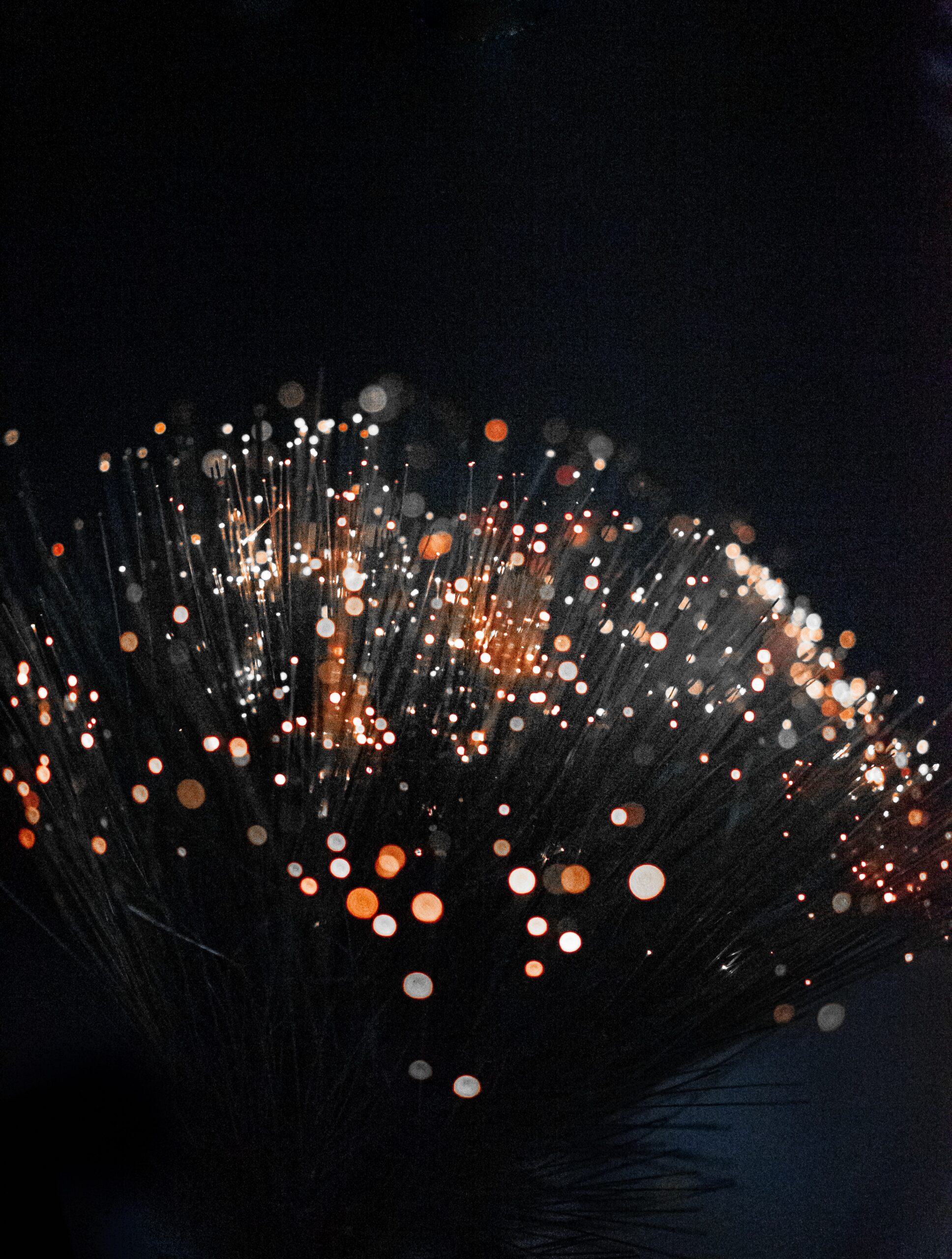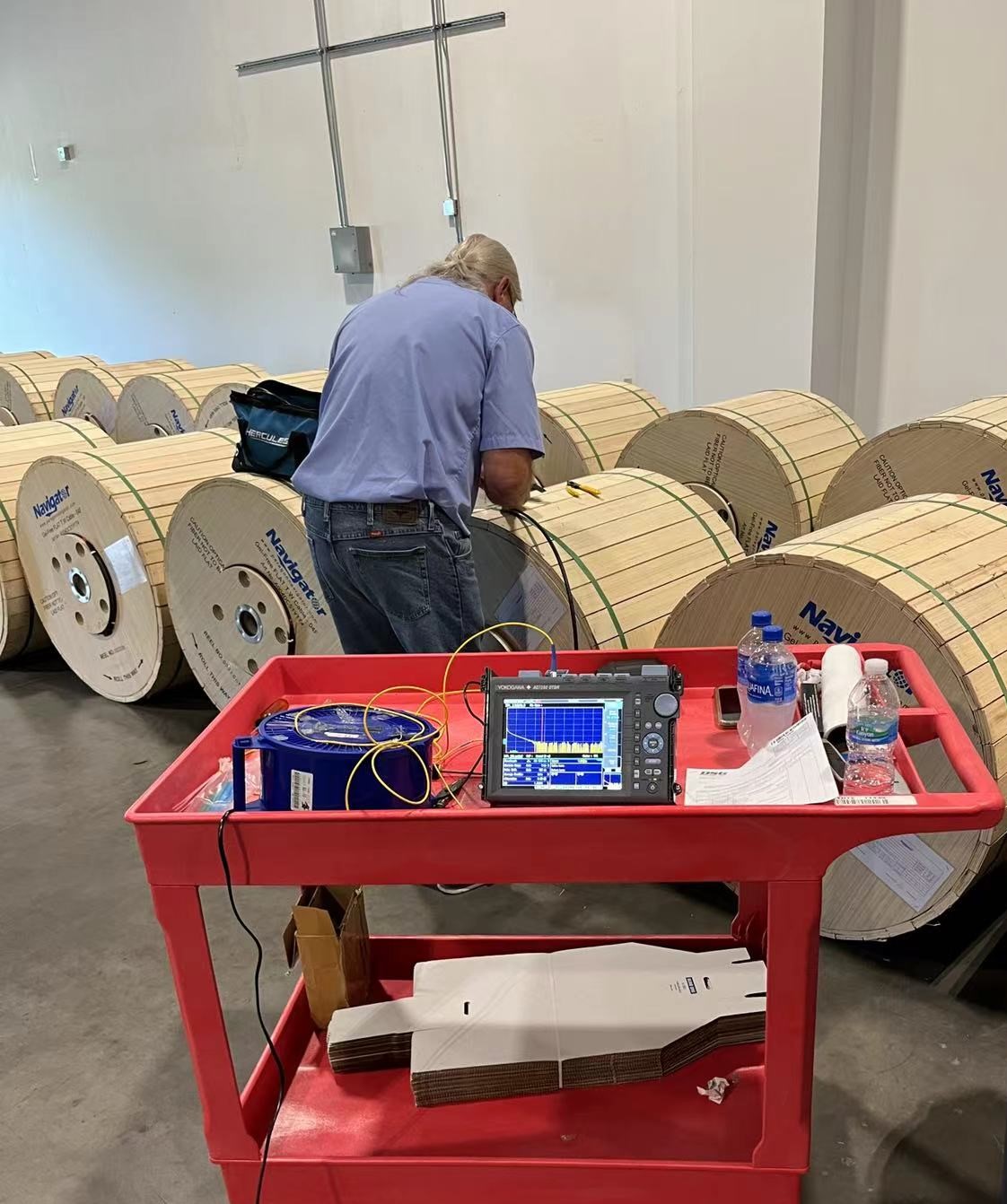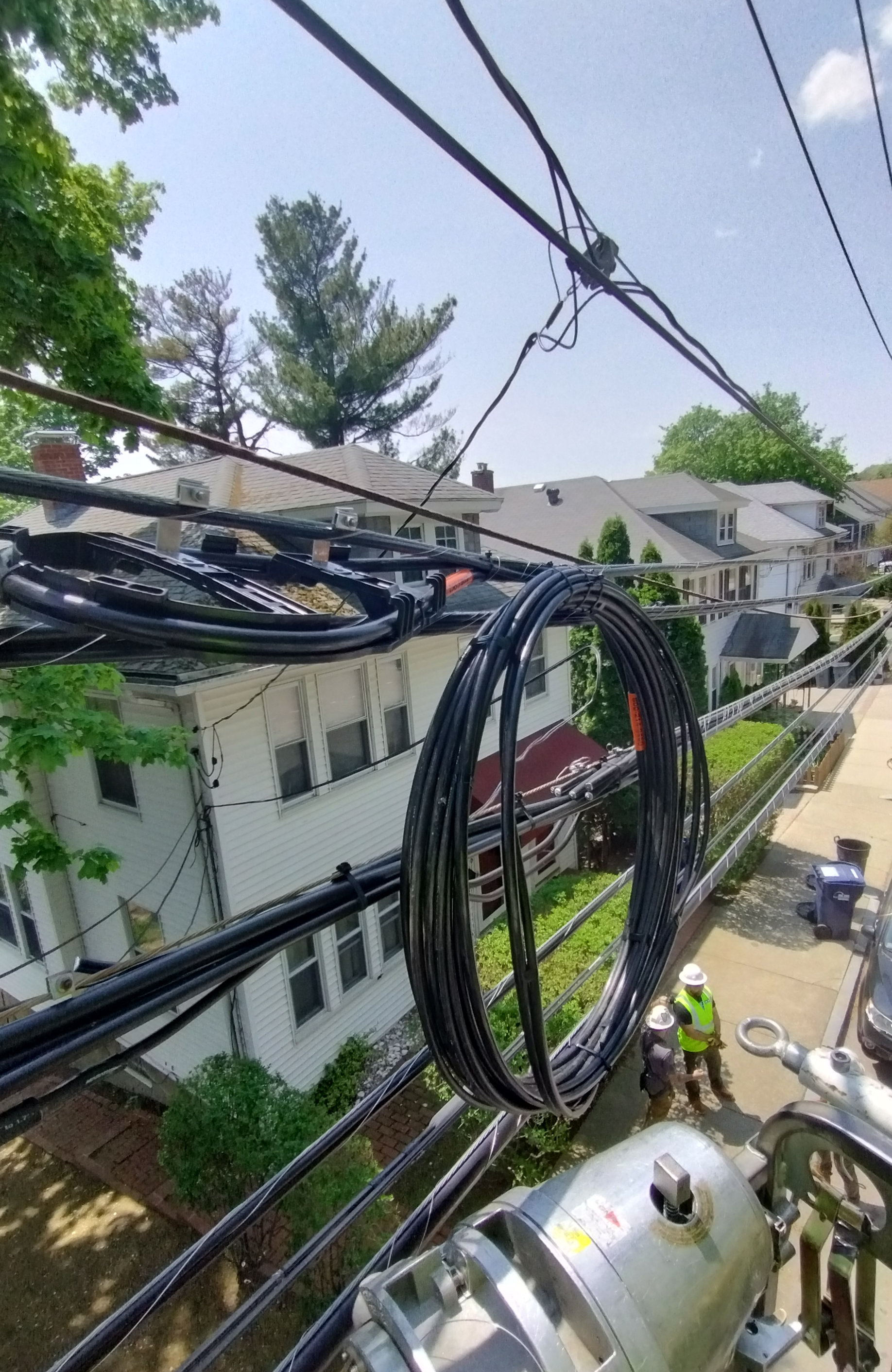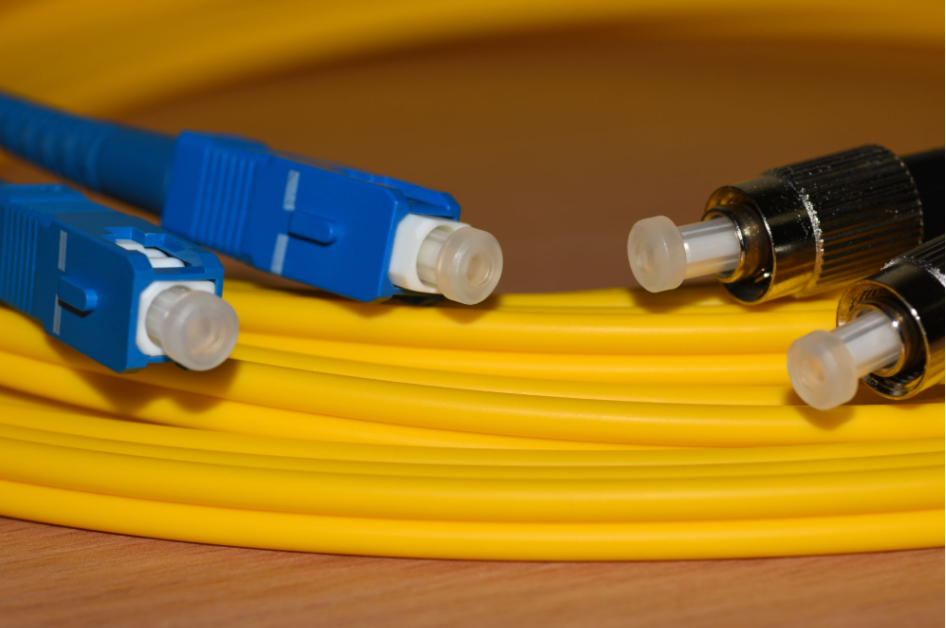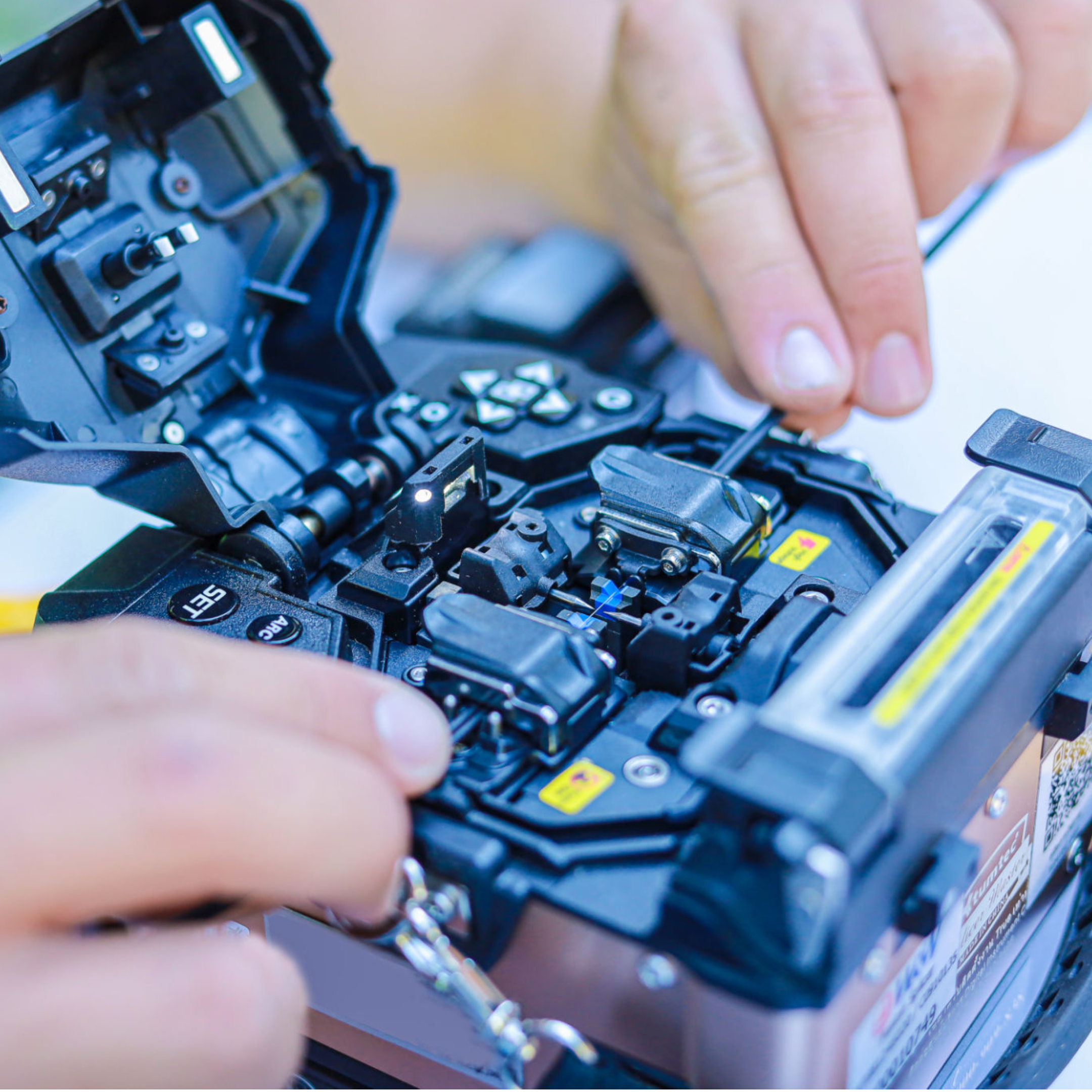How does SmartReel™ revolutionizing fiber optic testing
SmartReel™ revolutionizes the entire process by offering an efficient mean to assess the cable’s status. An LC patch cord with an OTDR are all you need to get accurate length and attenuation readings, without any preparations! Ensuring the integrity of the cable and determining the responsible party at each stage…
Read article


